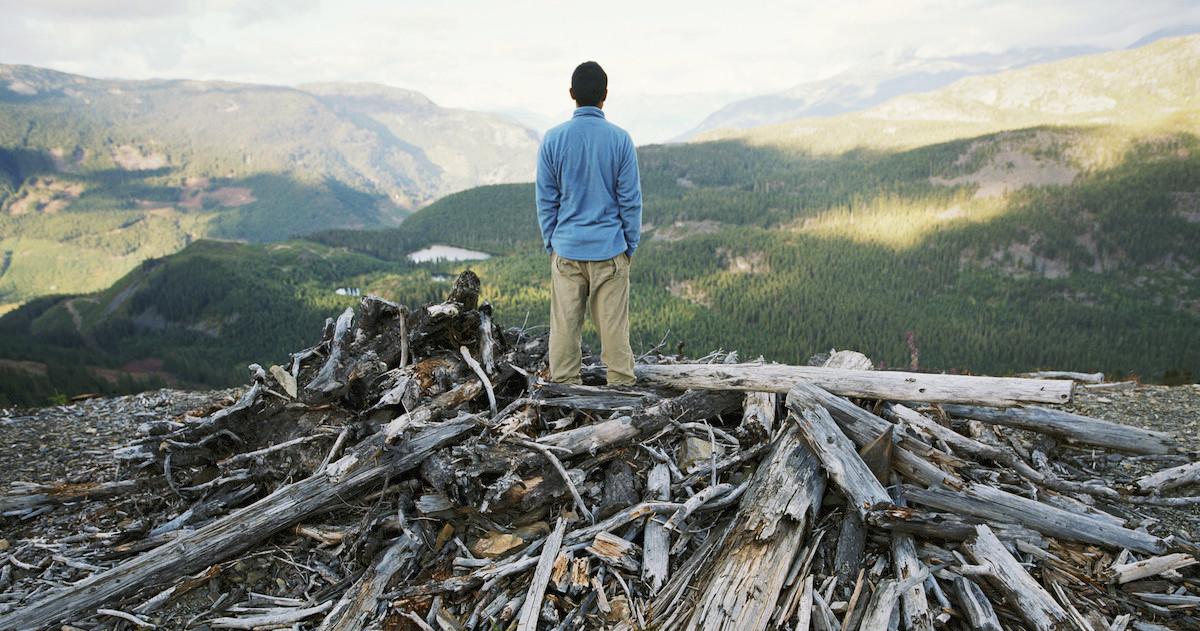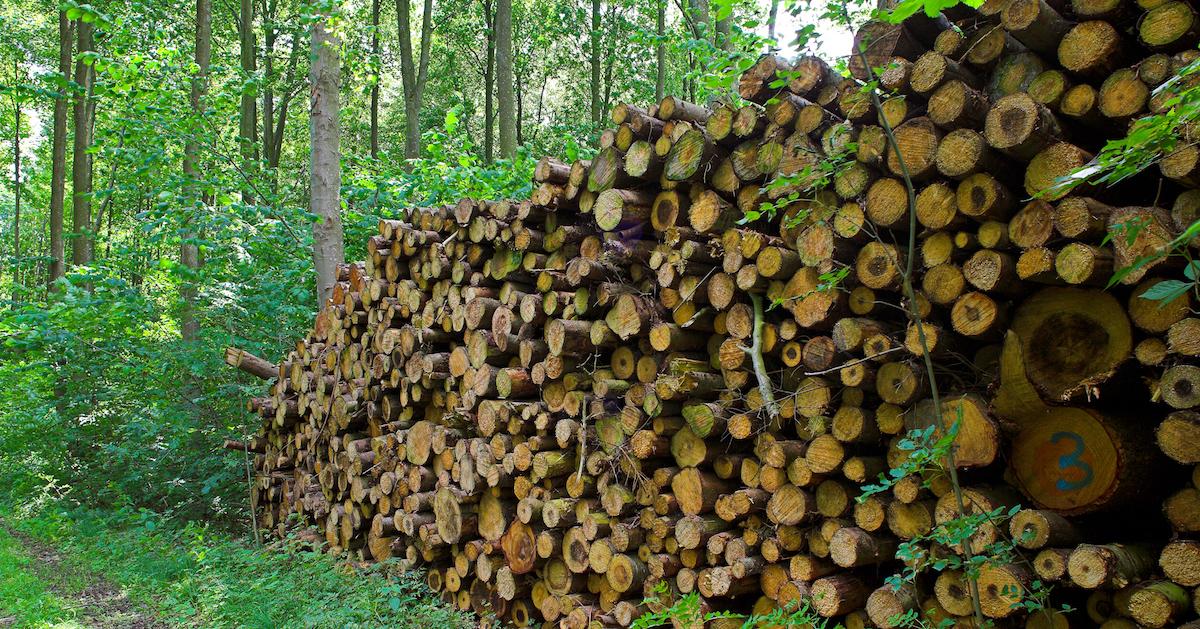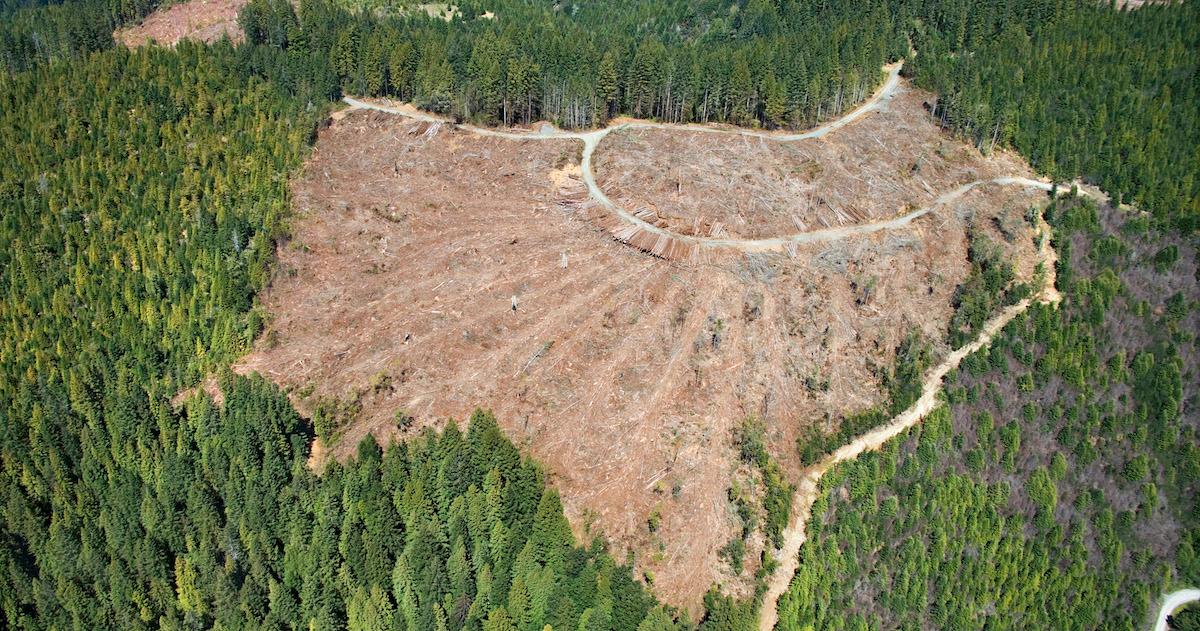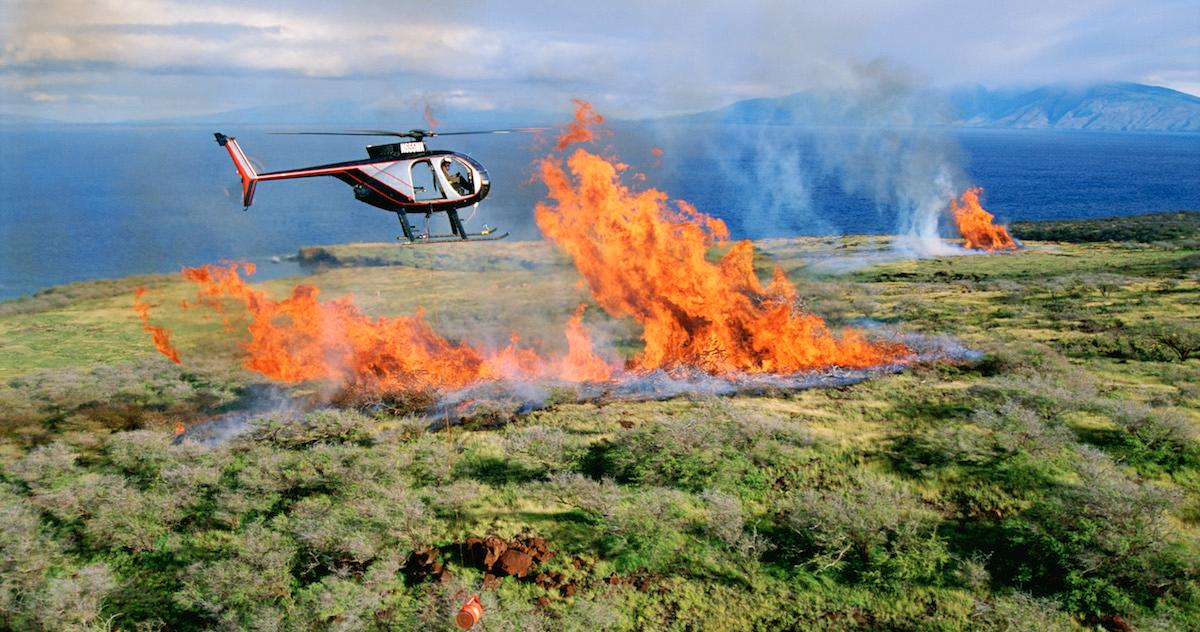Deforestation vs. Logging: Here's the Key Difference
Updated Dec. 29 2020, 1:25 p.m. ET

As Juliet once said in a lament about Romeo, “What’s in a name? That which we call a rose by any other name would smell as sweet.” It is a particularly apt phrase here, especially when it comes to the difference between deforestation and logging.
Theirs is a difference of definition, but the overall meaning behind both abhorrent acts is as universal and comprehensible as the bard’s fabled phrasing. The unchecked loss of our planet’s forests and rainforests, whether due to logging or deforestation, still smells as sour and is still as destructive as it ever was.

What is the difference between deforestation and logging?
If we examine the strictest definitions of the terms, we will find that logging is described as the commercial felling of trees to make other products. Deforestation, on the other hand, is defined as the complete removal of the forest and all of its associated life forms. In essence, logging is an action, and deforestation the end result of that action. But deforestation is caused by so much more than just logging. Climate change, agricultural expansion, and urbanization all contribute greatly to the destruction of our forests and rainforests.
What causes deforestation?
According to the World Wildlife Fund (WWF), almost half of the world’s forests are at high risk for deforestation by 2030. The main culprit of this isn’t the wood extraction or logging — it’s farming. Illegal agriculture and unsustainable farming practices like slash-and-burn farming, raising cattle for meat and dairy, and the rampant planting of cash crops like palm oil and rubber are the main contributors to this global problem.
Forest degradation is another problem that sometimes arises from deforestation as well. This term refers to a forest that still exists, but is so degraded due to soil erosion, nutrient loss, and/or the extinction of certain plant and animal species, that it cannot function as it normally did. These degraded forests can no longer support human life or wildlife. According to the WWF, this problem poses an even greater risk to life on this planet than simple deforestation, because about 6.5 million square miles of forest are at high risk of such degradation in the next decade.
Climate change is a key contributor to degradation as well, since part of climate change is increasing temperatures and unpredictable weather patterns. It can also cause an increased risk and severity of forest fires, disease, and pest infestation.

How much does logging impact deforestation?
The massive, unsustainable illegal logging industry makes its millions by meeting the rampant demands for cheap lumber, paper products, and fuel. Trees are good for all three, you see, and so few people understand that the price for cheap and readily available paper towels is the inexorable destruction of about 27 soccer fields worth of trees every minute.
It is folly to think that logging is strictly unnecessary. It might become so, one day, as new and eco-friendly building materials become more inexpensive and readily available. But today, the felling of trees is still necessary for building homes, furniture, and creating paper products. That said, there are responsible ways to go about the process that have far less environmental impact.
Some logging companies do their best to exercise restraint, adhering to governmental guidelines about how many trees they are allowed to cut down. Most do not, however. If they did, then we would not have the deforestation problems we currently have. Irresponsible loggers bulldoze roads into forests, extract as many high-value trees as they can, and leave nothing but destructive tranches and ravaged vegetation in their wake.

What are the negative effects of logging and deforestation?
The destruction of our forests removes entire ecosystems and even entire species from existence. According to BOS Australia, palm oil farming and deforestation in parts of Indonesia have become so severe that the orangutan’s natural habitat has been almost completely wiped out. Birds, insects, reptiles, and other forest-dwelling creatures are similarly affected in other parts of the world.
Logging and the transportation methods used to haul or bulldoze trees increases soil erosion and destroys the quality of the soil. Clearcutting and slash-and-burn practices used to remove while swaths of trees render the soil degraded and the land weakened. The open space might be perfect for urban development, but it robs millions of animals of their home even as it creates new space for human ones.
According to Oregon Wild, logging also negatively impacts climate change by increasing the amount of free carbon dioxide in the planet’s atmosphere. Plant life takes in carbon dioxide and exhales oxygen. Thus, the more trees we have, the better our air quality. But it’s more than that. Plants also store carbon dioxide within themselves. Deforestation releases this stored carbon into the air, which compounds our existing greenhouse gasses.

How can we help the situation?
The reality of the situation is that wood is still a necessary part of human life. The population is still growing, even under a pandemic, and the needs for more wood and more space for farming, are just as great today as they were a decade ago.
Besides government intervention, which thankfully has been making significant strides in recent years, something we can do is minimize our own need for new wood-based products. Buying furniture secondhand, using less paper, recycling cardboard, and burning less fuel can all make a difference, and at this point, every little bit helps.